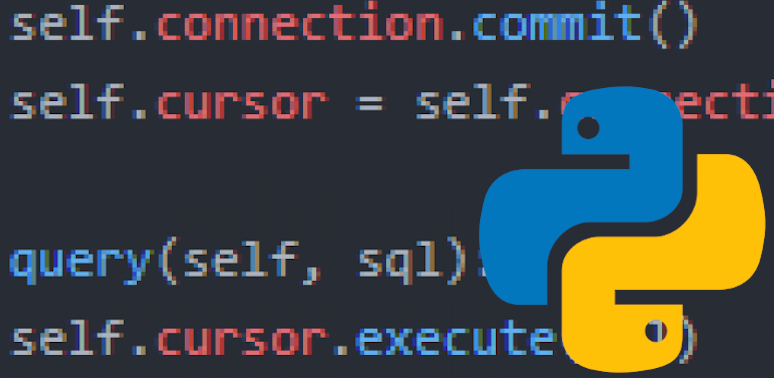I’m often needing to generate documents that have a lot of canned language. Rather than manually create these, I’ve been using Python to automate as much as possible.
Creating Merge Fields in a Word Document
The first thing you need is a document with merge fields. To add a merge field, go to the Insert tab in your Word document, then select the Quick Parts drop-down menu. Here, select the Field... option.

In this menu, scroll down to the field name called MergeField. Select it. (Pro tip: two clicks below the scrollbar will take you down far enough.)

You don’t need to worry about the format or field options. Just give your merge field a name and click OK.
For this example, I’ve created two separate documents with three merge fields each, which appear like this:
doc1.docx



doc2.docx



Selecting Merge Fields from Word Documents Using Python
A lot of the time, I need to populate several documents at once and I don’t know which merge fields are in which document. Python can solve that really quickly. Start by making sure you’ve installed the docx-mailmerge package, which is going to do most of the work for us.
pip install docx-mailmerge
Then use this function:
import glob
import mailmerge
def get_merge_fields_from_all_documents():
results = []
for file_name in glob.glob("*.docx"):
with mailmerge.MailMerge(file_name) as document:
merge_fields = list(document.get_merge_fields())
results.append(merge_fields)
return results
list_of_lists = get_merge_fields_from_all_documents()
# [['CityStateZip', 'Name', 'Address'], ['PurchasePrice', 'ShipDate', 'InvoiceNumber']]
Let’s break down what’s going on here.
import glob
import mailmerge
def get_merge_fields_from_all_documents():
results = []
First, we’re importing the modules we’re using, declaring our function, and creating an empty list to hold our results.
for file_name in glob.glob("*.docx"):
glob is a cool little module in The Python Standard Library that matches path names in our current directory. Here we’re using it with a for loop to iterate through each .docx file in the current directory (i.e., the directory where we ran our script).
with mailmerge.MailMerge(file_name) as document:
Next, we’re opening each document our for loop selected using the mailmerge package we installed earlier.
merge_fields = list(document.get_merge_fields())
Here, we’re using mailmerge‘s get_merge_fields() method, which returns the name of each merge field in the document. It normally returns a the data in a set, but here we’re using the list() method to return a list.
results.append(merge_fields)
Now we just need to append this list to the master list. After that, we use return results and have a handly list of lists including all the merge field names in our documents.
list_of_lists = get_merge_fields_from_all_documents() # [['CityStateZip', 'Name', 'Address'], ['PurchasePrice', 'ShipDate', 'InvoiceNumber']]
And if you prefer just one list with all your merge field names, a simple list comprehension will get you there:
one_list = [item for sublist in list_of_lists for item in sublist] # ['CityStateZip', 'Name', 'Address', 'PurchasePrice', 'ShipDate', 'InvoiceNumber']
In my next post, I’ll be covering what we can actually do with this information. Spoiler: Python makes it really easy to populate these fields programmatically.
